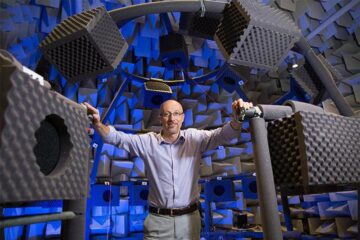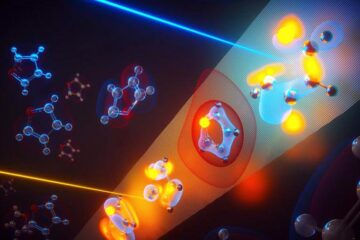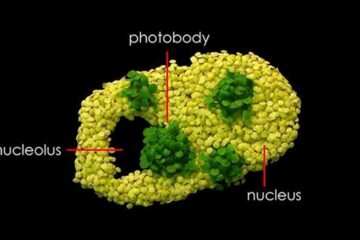Clonal USSC – DLK1-positive Human Cord Blood Derived Unrestricted Somatic Stem Cells

Over the last years, there was a tremendous increase in the clinical use of allogenic cord blood (CB) for hematopoietic stem cell transplantation. Amongst others CB consists of hematopoietic and non-hematopoietic stem cells like mesenchymal stem cells (MSC) and unrestricted somatic stem cells (USSC).
Even though the adherent USSC described in the invention share many overlapping features with MSC from fetal tissue and bone marrow such as the immunophenotype, osteogenic and chondrogenic differentiation potential, these USSC are a more immature precursor cell population. Not being so far committed and specialized, they represent a promising source for regenerative medicine. The invention discloses a multipotent, stable cell line that could be isolated from cord blood. The somatic stem cells are CD34-, Oct4-, Nanog-, Sox2- and telomerase negative and neither differentiate into hematopoietic lineage cells and endothelial stem or progenitor cells nor into adipocytes. They are distinct from but capable to differentiate into mesenchymal cells (bone cells or chondrocytes), neural cells and endoderm cells.
Further Information: PDF
PROvendis GmbH
Phone: +49 (0)208/94105 10
Contact
Dipl.-Ing. Alfred Schillert
Media Contact
All latest news from the category: Technology Offerings
Newest articles

Why getting in touch with our ‘gerbil brain’ could help machines listen better
Macquarie University researchers have debunked a 75-year-old theory about how humans determine where sounds are coming from, and it could unlock the secret to creating a next generation of more…

Attosecond core-level spectroscopy reveals real-time molecular dynamics
Chemical reactions are complex mechanisms. Many different dynamical processes are involved, affecting both the electrons and the nucleus of the present atoms. Very often the strongly coupled electron and nuclear…

Free-forming organelles help plants adapt to climate change
Scientists uncover how plants “see” shades of light, temperature. Plants’ ability to sense light and temperature, and their ability to adapt to climate change, hinges on free-forming structures in their…

















